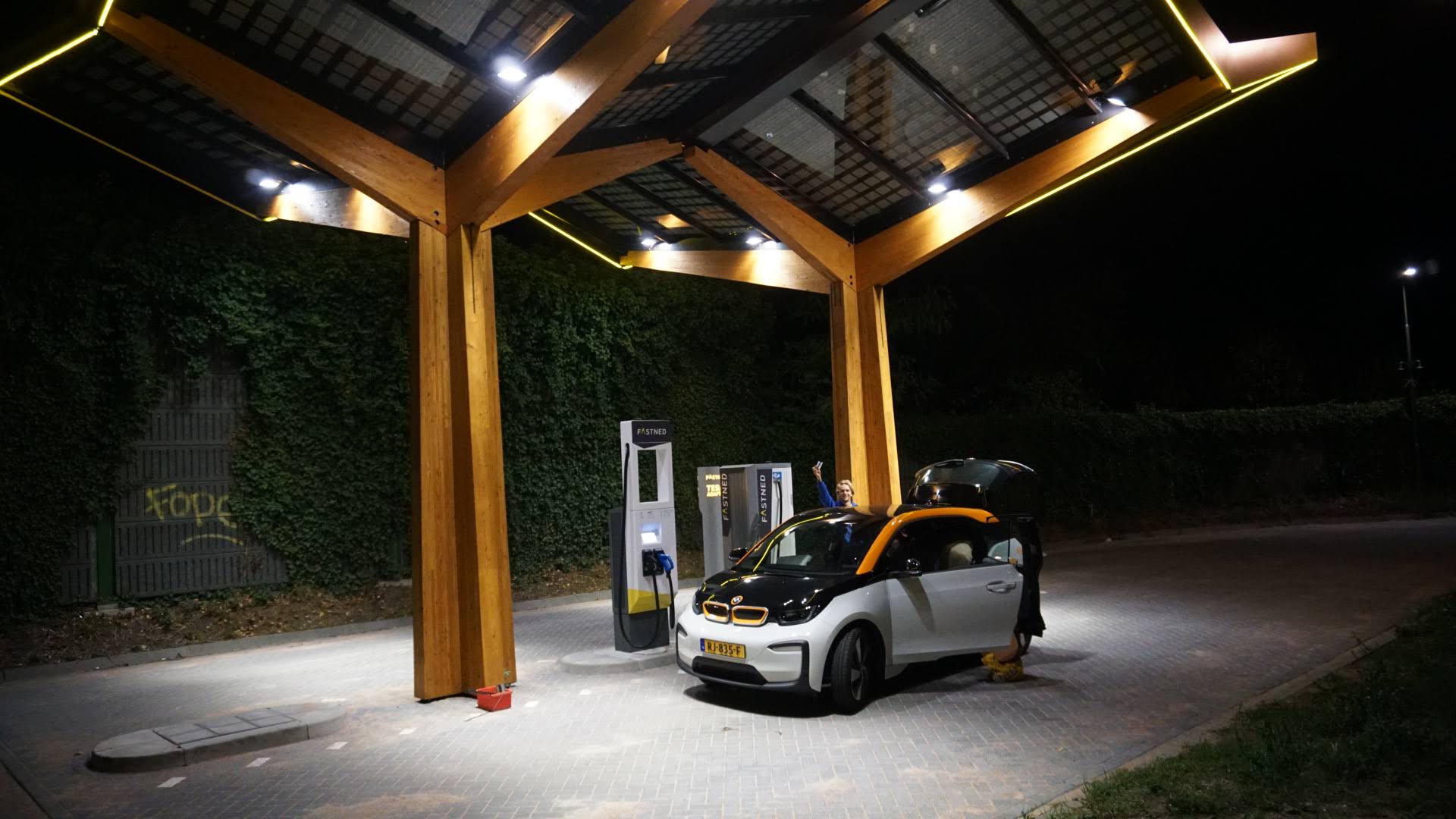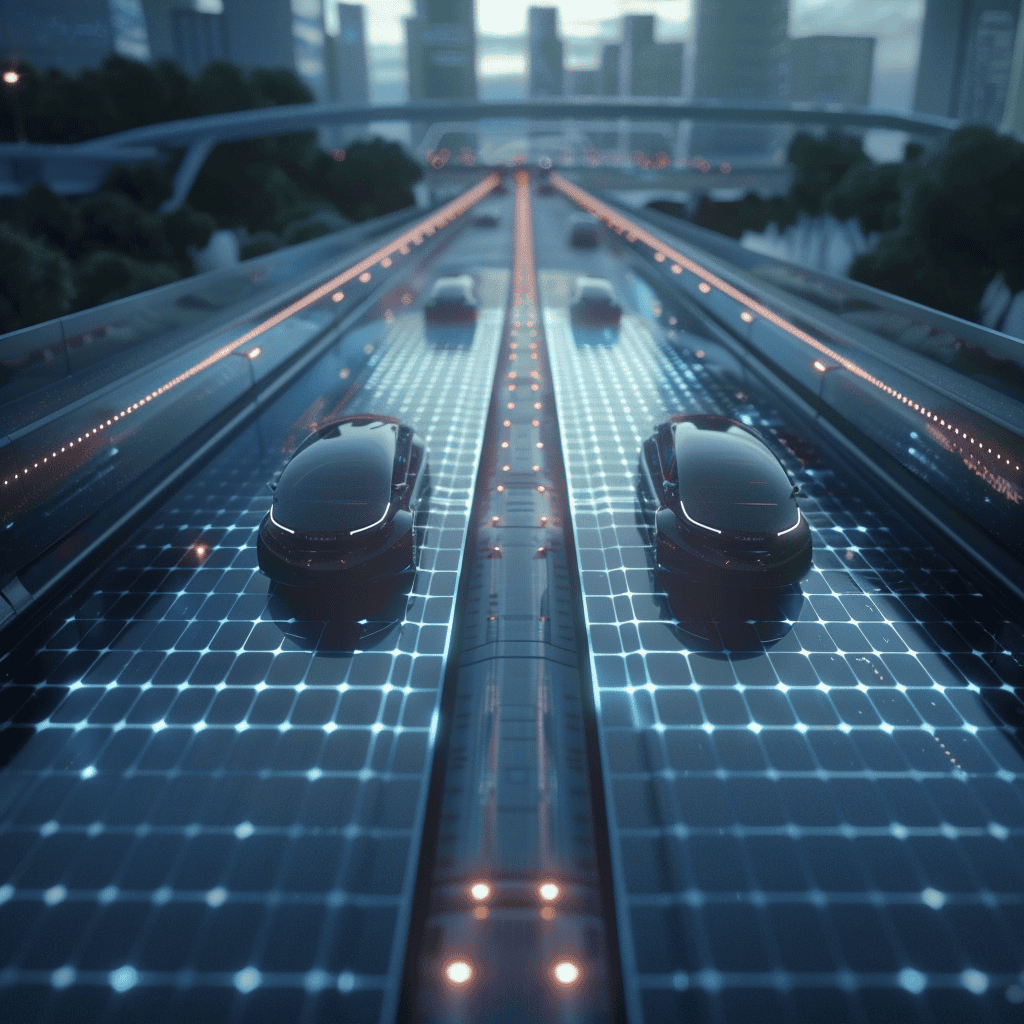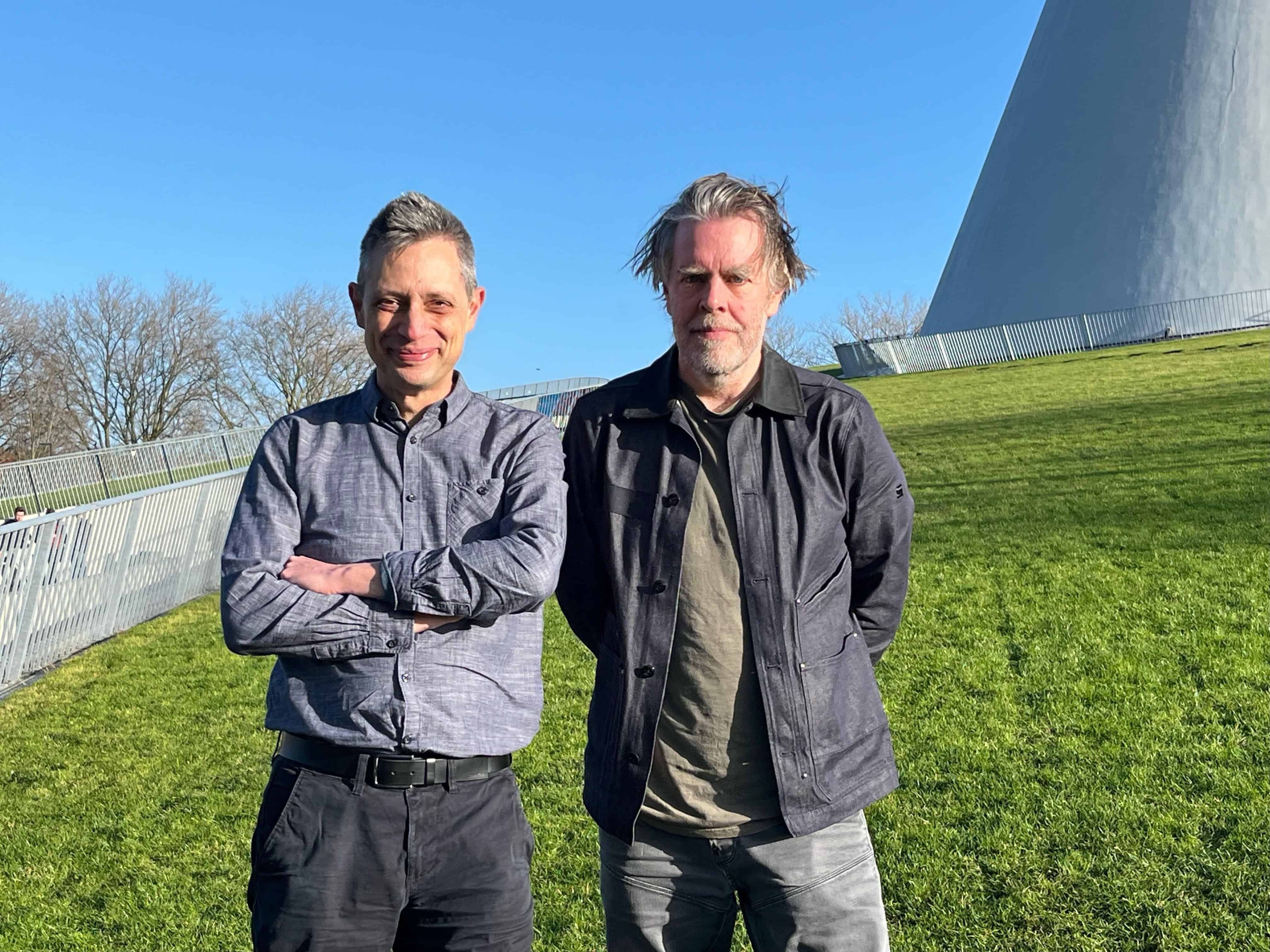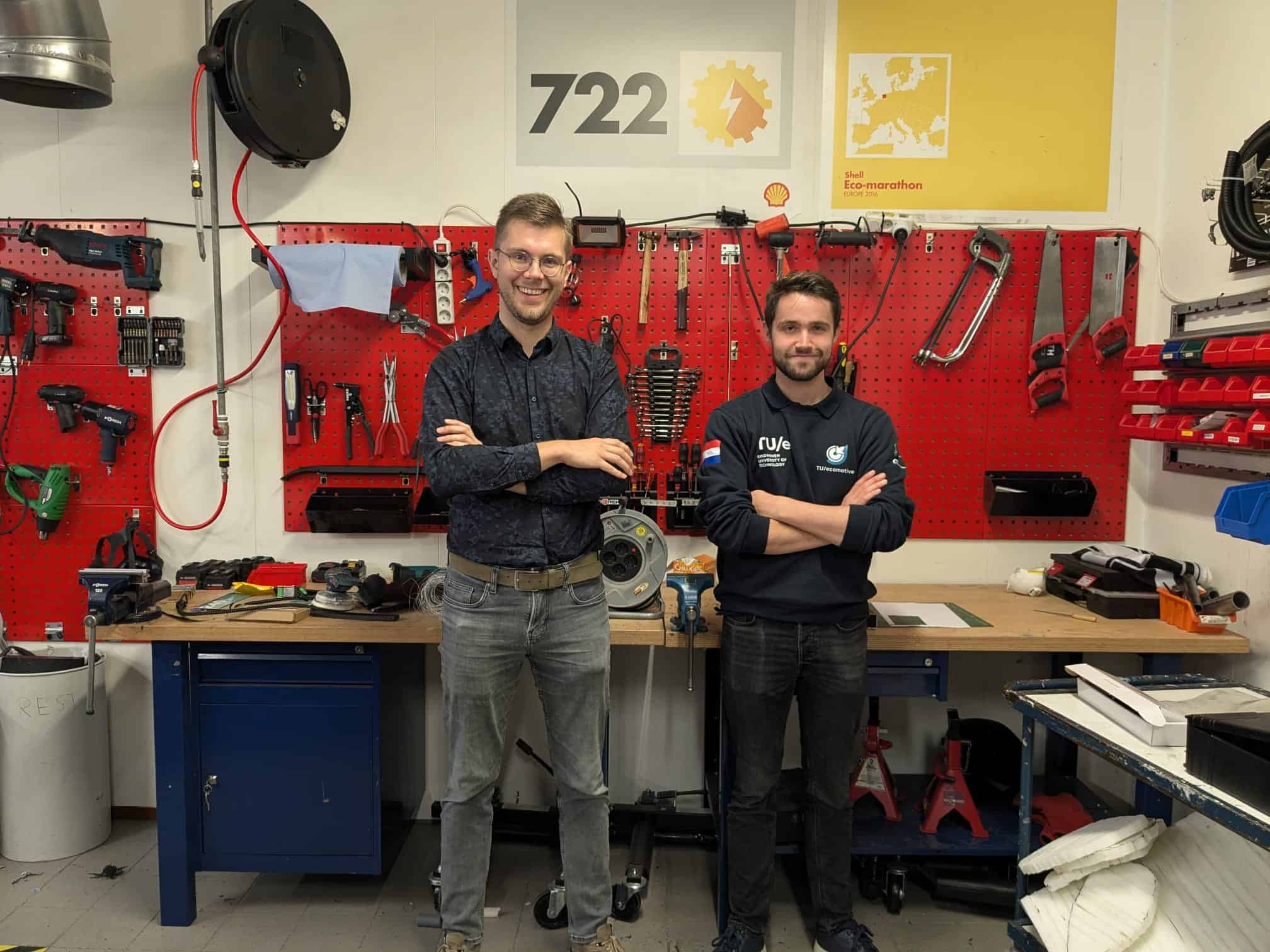
Anyone following Innovation Origins will now know that electric driving is in full swing. Sometimes with great leaps forward (through technology, legislation or entrepreneurship) and sometimes with considerable delays (usually caused by the failure of one of these three variables). In doing so, we focus on global trends, but also put the magnifying glass on developments in and around Munich and Eindhoven, our two home cities. With good reason, because it is precisely these two cities that play a leading role worldwide in innovations in the field of e-mobility. Together with the local Technical Universities (TUM and TU/e), important stakeholders include BMW, Siemens and Sono in Munich and Amber, Lightyear and the Automotive Campus in the Eindhoven region.
Usually, we look at the latest developments, the news and the ambitions of the people and organisations involved. Today we are doing things differently, because what really matters, in the end, is the performance in real life. Hence the report of a road trip of 1,500 kilometres through the Netherlands, in an all-electric BMW i3 of Amber Mobility. The driver – and narrator of this story – is Joris van Rijn, co-founder and Chief Sales at Dutch Coding Company in Eindhoven.
“We drive electrically. Is it practical? Our e-roadtrip proves that this is the case”
 On a journey through the Netherlands with the Amber BMW i3
On a journey through the Netherlands with the Amber BMW i3
Electric driving is the future. Left and right, car manufacturers are making quiet powerhouses. Many larger car manufacturers (Audi, BMW, Hyundai, Nissan, Renault, Smart, Citroen – not far in the future Volvo) and “dedicated electric” car manufacturers (of course Tesla) are going along with the inevitable: the world of cars is becoming greener. Newer concepts, such as Amber Mobility and Lightyear (both Eindhoven), are also anticipating the energy transition. As is Sono in Munich.
At Dutch Coding Company we like to make a difference. With our software, we, of course, do this on a much smaller scale, but everything with the aim of being able to make a striking impact. So why not start now by sharing our findings on electric driving? That is precisely why one of our founders, Joris, made a road trip through the Netherlands in an electric car.
 On a journey through the Netherlands with the Amber BMW i3
On a journey through the Netherlands with the Amber BMW i3
One Wednesday, early in the morning, I boarded the BMW i3 from Amber Mobility. Engine on, foot on brake, gear in D and – huh, is the engine really on? Even after two weeks, I sometimes forgot whether the car had started or not: you really don’t hear any difference. Call me a nature madman, but it’s great to be able to drive through a forest and not be a disturber.
“Showing that the range of electric cars is no longer a problem – it is a question of getting used to”
2 hours drive, 15 minutes break
My tour of the Netherlands covered about 1,500km, of which 1,000km between cities and 500km in and around the city. During the 1,500km I charged 8 times (with the Fastned quick chargers), which comes down to about 190km per charge. With a maximum range of 250km, this is very reasonable. I have consciously charged a bit more often to always have 30% or more in the battery. The loading itself turned out to be no problem at all. 2 hours drive, 15 minutes break. A longer range is, of course, better, but the stops always came in handy: a coffee, a sanitary break or a tasty lunch. Nothing wrong with that!
No effort and inexpensive
 On a journey through the Netherlands with the Amber BMW i3
On a journey through the Netherlands with the Amber BMW i3
During the road trip, I took several people with me: no one thought loading was a problem. It is a matter of mindset. Besides my phone, ears, Fitbit and watch that are connected to the charger every night, charging a car is not a big effort, is it? It took just a little time to get used to this. In addition, charging costs 10 euros at most. At every petrol station I have pampered myself, and passengers, with coffee and luxury sandwiches – and even though I did my best, it was never more expensive than the €70-€100 in petrol or diesel.
Especially when I had taken an extension cord from the do-it-yourself store, I noticed that there was no reason to object: almost everywhere I could charge the car. At a natural campsite, the owner even offered an extension cable from her own power outlet!
Camping in a “small” BMW i3. Three adult men with all these things did not pose a problem
FastNed: Good coverage
The whole of the Netherlands is now full of FastNed charging stations – and weekly, stations are added. FastNed’s vision: a European-wide network of 150kW (or 175kW) chargers (for imaging: most charging stations now support 50kW). In the next few years, electric cars and the charging stations will develop rapidly, which means that in practice you no longer have to think about “refuelling” your car. By then, these vehicles are not only (more than) suitable for commuter traffic, but also for holidays (and e-road trips!).
You can also read: Germany still needs a larger number of charging stations.
Your Next Car
 On a journey through the Netherlands with the Amber BMW i3
On a journey through the Netherlands with the Amber BMW i3
As an early adopter of practically all technology, I am aware that you have to love technology to drive electrically now. When loading a car you need to be patient; compared to that, filling it with liquid fuel is still a quick step. Nevertheless, I believe that it is not a bad time to keep your eyes open for opportunities on the electric car market. We all know the Tesla’s, but now that the established car manufacturers are also setting electric targets it is a good time to take a critical look at the fuel required for your next car. Do I buy an electric car myself? Frankly, I hope so. If possible, I will stay with the (electric!) shared-car concepts.









